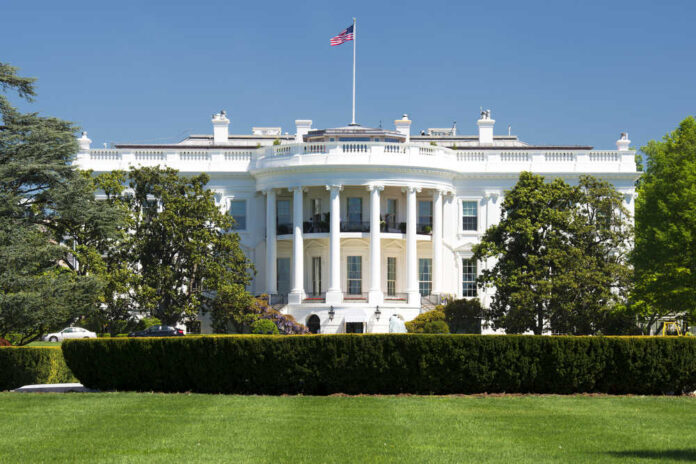The first government-wide strategy to address the dangers and advantages of artificial intelligence (AI) was established by the White House Office of Management and Budget (OMB). This comes after President Biden’s historic AI Executive Order, which mandated extensive measures to fortify AI protections, safeguard Americans’ privacy, advance equality and civil rights, defend consumers and workers, foster innovation and competition, and showcase American leadership globally.
According to reports, all federal agencies have finished the 150-day tasks assigned by the E.O. The United States intends to take the lead internationally in establishing a new framework for government AI.
The new policy that will regulate AI usage throughout the federal government aims to increase openness regarding the government’s use of AI and funding for AI research and development inside federal agencies. The government is trying to find a middle ground between limiting the negative effects of AI and using technology to combat serious global problems like illness and climate change.
Under new regulations announced by the White House on Thursday, U.S. government agencies must demonstrate that their artificial intelligence technologies do not damage the public or cease using them. By the end of the year, every government agency must have a set of clear regulations that govern the use of artificial intelligence (AI) in areas such as airport face recognition screenings, electric grid management, mortgage and insurance underwriting, and more.
President Joe Biden issued a more comprehensive AI executive order in October, which includes the new policy direction. While Biden’s larger order aims to protect more sophisticated commercial AI systems developed by major tech companies, the directive issued on Thursday specifically targets AI tools that government agencies have utilized for many years to assist with decisions regarding housing, child welfare, immigration, and other services.
AI developers have issued warnings that everyone should slow down in implementing this misunderstood technology and refrain from leaning on it too heavily without examining its potential impact.


















